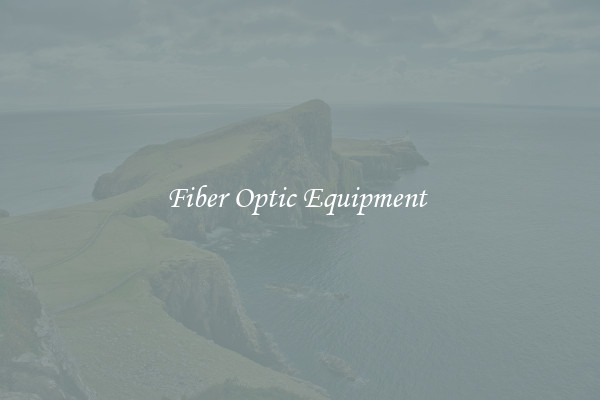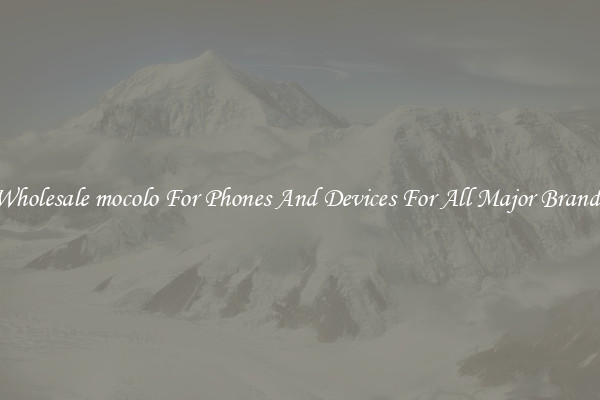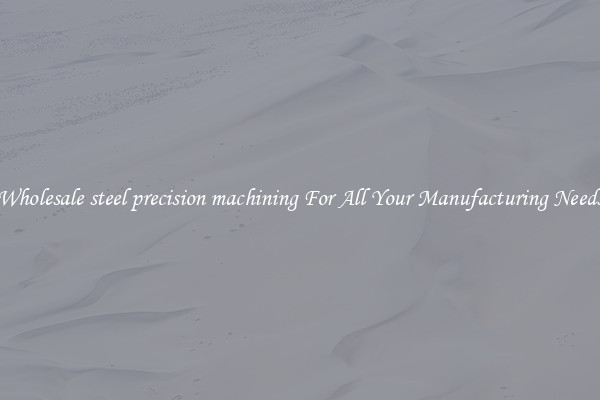Fiber Optic Equipment
Fiber optic equipment has revolutionized the telecommunications industry. Through the use of thin strands of pure glass or plastic, data and information can now be transmitted over long distances at incredible speeds. This technology is transforming the way we communicate, making our internet connections faster and more reliable than ever before.

One of the key advantages of fiber optic equipment is its ability to transmit data at the speed of light. Unlike traditional copper wires that rely on electrical currents, fiber optic cables use pulses of light to transmit information. This allows for extremely high data transfer rates, ensuring that large amounts of data can be transmitted in a matter of seconds.
Another advantage of fiber optic equipment is its immunity to electromagnetic interference. Copper wires used in traditional communication systems are often susceptible to interference from other electrical equipment, resulting in signal degradation and slower data transfer rates. On the other hand, fiber optic cables are not affected by electromagnetic interference, making them more reliable and efficient.
Furthermore, fiber optic equipment allows for longer transmission distances without any loss of signal quality. Traditional copper wires suffer from signal attenuation over long distances, meaning that the signal weakens and becomes distorted the farther it travels. Fiber optic cables, on the other hand, can transmit data for kilometers without any noticeable loss of signal quality.
The compact size of fiber optic equipment is also a major advantage. Fiber optic cables are much thinner and lighter than traditional copper cables, making them easier to install and manipulate. This is especially beneficial when laying cable in tight spaces or in areas with limited access.
Additionally, fiber optic equipment offers enhanced security for data transmission. Since fiber optic cables transmit data via light, it is extremely difficult to tap into these cables to intercept information. This makes fiber optic networks more secure than traditional communication systems, protecting sensitive data from potential breaches.
The uses of fiber optic equipment go beyond just improving our internet connections. Fiber optic cables are also widely used in industries such as healthcare, defense, and transportation. They are often used in medical imaging devices, as well as for transmission of high-definition video and audio in the entertainment industry.
In conclusion, fiber optic equipment has revolutionized the way we communicate and transmit data. With its high data transfer rates, immunity to electromagnetic interference, longer transmission distances, compact size, and enhanced security, fiber optic cables have become the preferred choice for telecommunications networks worldwide. As technology continues to advance, we can expect to see even greater advancements in fiber optic equipment, further revolutionizing the way we communicate.

View details

View details

View details

View details








